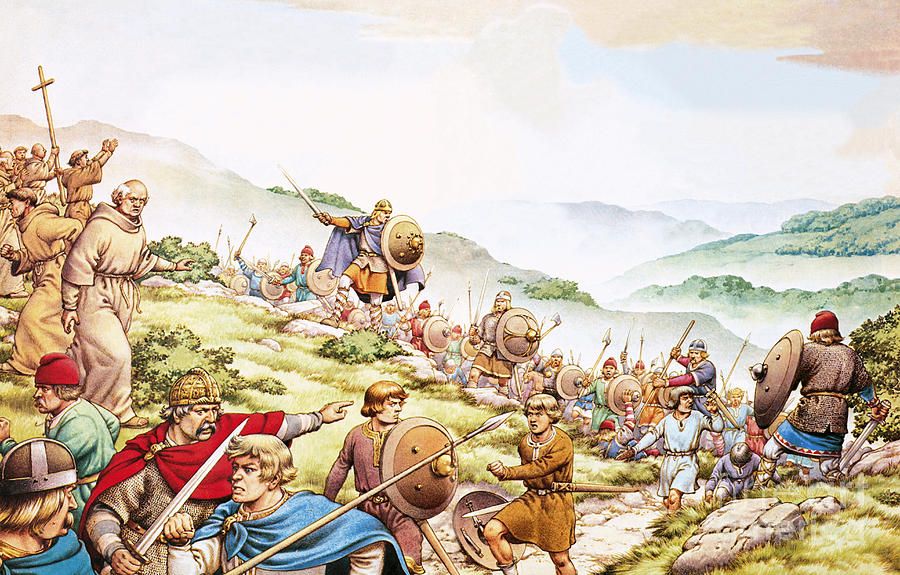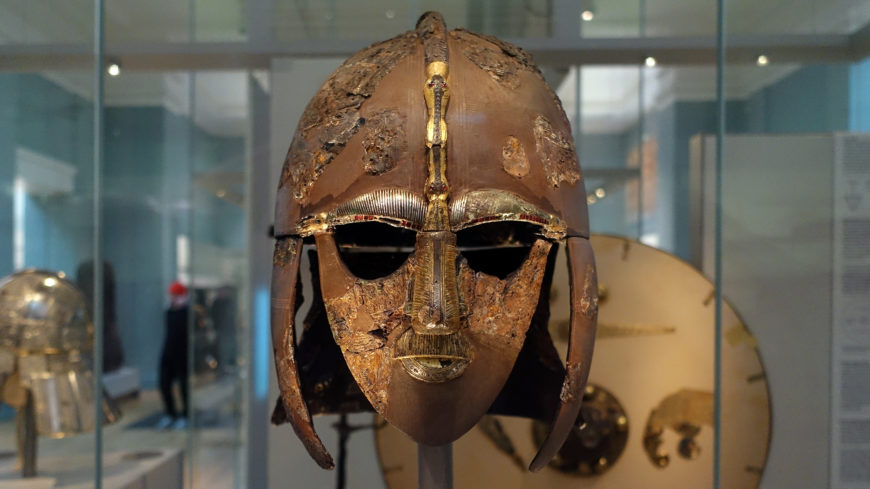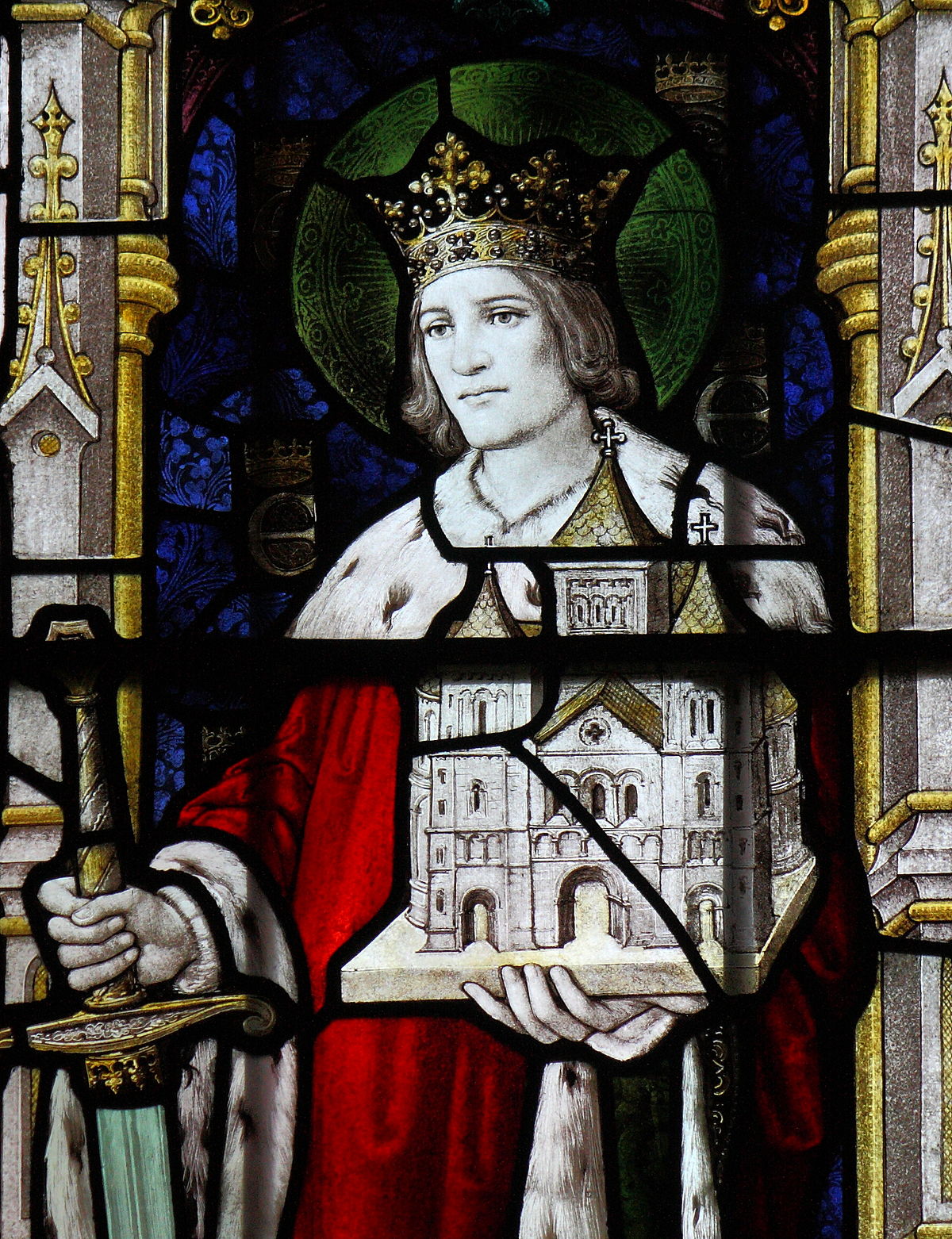Nov-2020
A Dark Age Beach Market at Filey and a King’s Salvation: Northumbria 604-616AD
It was a kingdom forged in battle and lost in battle. A kingdom that set the template for the modern Anglo-Saxon state. A kingdom that produced the greatest written text of dark age Europe. It was called Northumbria, the lands north of the Humber.
In this first part we will travel from dark age beach markets at Filey Bay, hear echoes of a bloody battle at Catterick in a seventh century Welsh poem and witness a mysterious figure arrive at the camp fire of a condemned king; a northern version of Alfred burning his cakes in the marshes at Athelney.
It begins at Catterick in 604, an army was raised from the kingdoms of Deira (Yorkshire), Bernicia (County Durham and Northumberland) and Reghed (Cumbria). The army was led by the Bernician King Æthelfrith, perhaps more warlord than king, but he was able to rally Anglo-Saxon men from across the north of England. Their foe was a native British army from Lothian in southern Scotland, aided by a contingent from North Wales. The battle is barely visible through the mists of time, but It is possible that increasing westward Anglo-Saxon incursions were threatening to cut the line of communication between the Britons of Lothian and the Britons of North Wales. Catterick, close to the Roman Dere Street and where the road splits westwards to Carlisle or north to Corbridge on Hadrian’s Wall, was the strategic location of the battle. Fragments of a seventh century Welsh poem, Y Gododdin, tells us that Æthelfrith secured a decisive victory and it was one from which the Kingdom of Northumbria would emerge.
Æthelfrith was from Bernicia, but his wife Acha was from Deira. A marriage that, in tandem with the victory at Catterick, brought together the two Anglo-Saxon peoples north of the Humber and created the Kingdom of Northumbria. Although Deira extended from the Humber to the Tees and to the western edge of the Vale of York, its heartland is reflected in its name and refers to the ‘land of the peoples of the Derwent’. The waters of the River Derwent rise near Fylingdales Moor before joining the River Hertford (which rises at Muston) at Haybridge near Ganton. Thus here in Filey, we are intimately connected to the deep history of Northumbria. Indeed, emerging academic thinking is suggesting that Filey Bay was the site of dark age beach markets. A place where traders from across Britain and Europe would meet to sell and exchange their wares.
Between 604 and 616 Æthelfrith ruled Northumbria, at the time it covered modern day Yorkshire, County Durham, Northumberland, Cumbria and parts of North Lincolnshire. It has been argued that the continuous history of Northumbria, and, because he was an Anglo-Saxon, England, begins with Æthelfrith. Of course, Æthelfrith had a challenger for his kingdom, Edwin, the brother of Æthelfrith’s wife Acha. Edwin was living in exile in Gwynedd, North Wales. Æthelfrith demanded that Edwin be killed, but he was allowed to flee. Whether that was the spark that led to a Northumbrian invasion is unknown, but in 616 at the Battle of Chester Æthelfrith annihilated a force from a combination of Welsh kingdoms. The battle is notorious because it was preceded by the slaughter of a large number of monks from the monastery at Bangor on Dee who had come to witness the battle. Æthelfrith ordered the massacre of the clerics because, although they bore no arms, they were praying for a Northumbrian defeat. The ramifications of the battle never played out because within a year Æthelfrith himself was dead and, once again, it was Edwin who was at eye of the storm.

The slaughter of the monks at the Battle of Chester 616
Edwin had fled from North Wales to live in East Anglia under the protection of King Raedwald (who is generally accepted as being the famous Sutton Hoo ship burial king). Twice Æthelfrith proffered bribes to have Edwin killed. A third attempt offered even greater riches, but came with a threat of invasion. Raedwald agreed to have Edwin killed, the night before his scheduled execution Edwin is said to have been visited by a stranger who persuaded Edwin to convert to Christianity in exchange for salvation. Of course, Edwin readily agreed. With the dawn came the news that Raedwald had not only changed his mind, but was about to launch a preemptive strike into Northumbria.

The famous Sutton Hoo helmet, almost certainly that of King Raedwald, at the British Museum
Thus in 616 where the Roman Ermine Street crosses the River Idle at Bawtry, South Yorkshire, Raedwald and Edwin met Æthelfrith in battle. Quite why Æthelfrith was so far south is difficult to explain. Was he taking a small force to Lincoln to act as a threat to East Anglia? Perhaps he underestimated Raedwald and Edwin? In his seminal book The King in the North, Max Adams suggests that Æthelfrith might have been outflanked by a naval force that sailed up the Humber and down the Trent and Idle. Thus catching Æthelfrith between the Trent and Idle with no line of retreat north. Thus, he had to stand and fight. Æthelfrith was killed in a battle whose ramifications were to be enormous. Raedwald became the overlord of southern Britain, centuries later archaeology would rediscover his ship burial and make his golden mask an icon of the dark ages. Edwin became king of the English north of the Humber and would set the kingdom, and England, on the path towards a Christian state.
Next time: the conversion at West Heslerton that altered the history of the English speaking peoples, the burning of a pagan temple at Goodmanham, the first stone church at York and a fight to the death with pagans at the Battle of Hatfield Chase.

St. Edwin, King of Northumbria 616-633, as depicted in stained glass at St Mary’s Church, Sledmere

comment this post